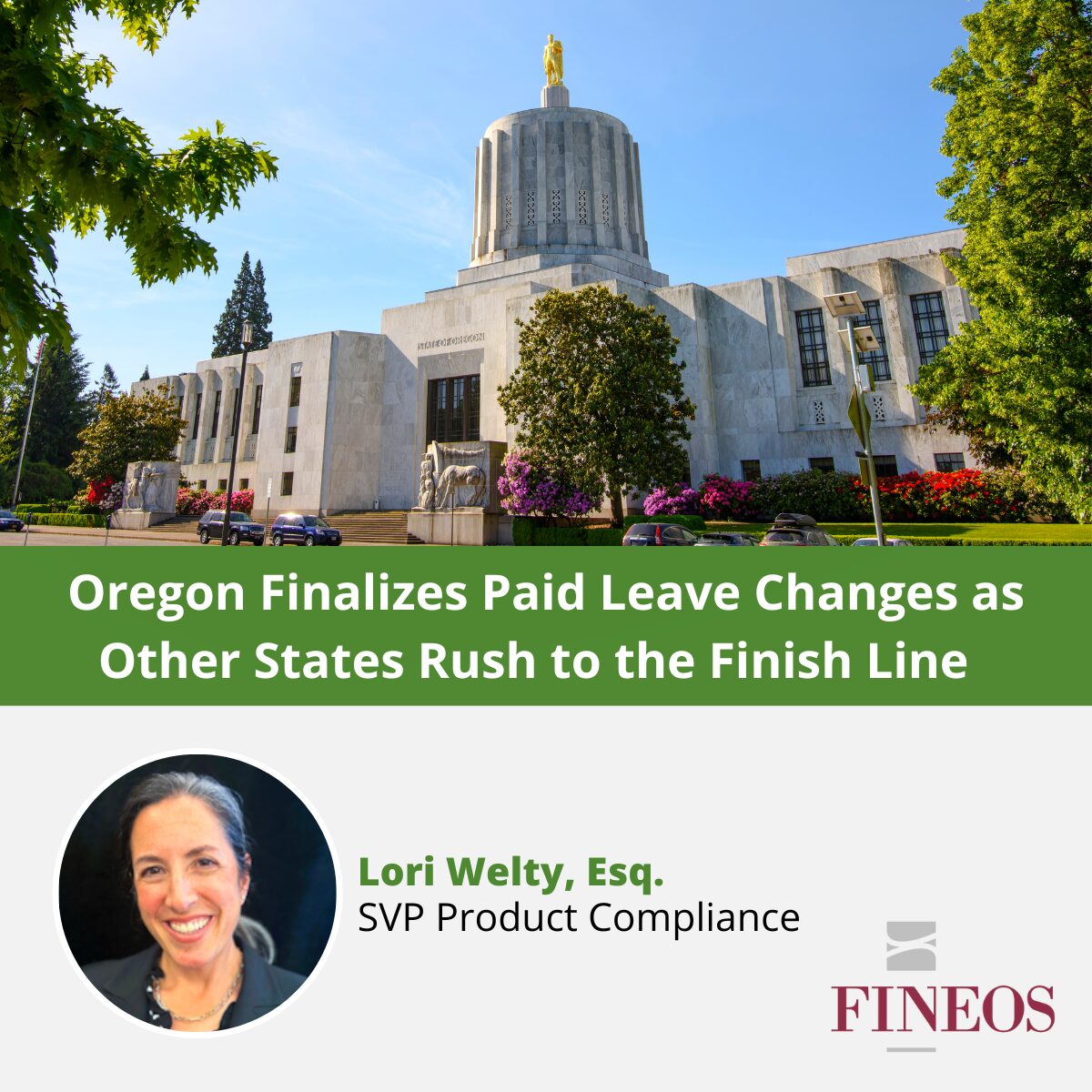Does Unscheduled Time Count Against an Employee’s FMLA bank? The Answer May Surprise You! |
On January 15, the 9th Circuit issued a decision in Scalia v. Alaska, 2021 U.S. App. Lexis 1152 (9th Cir. 2021), reversing course on earlier court decisions addressing the correct method for deducting full weeks of leave for rotational employees. The new decision establishes that employers can use an employers’ definition of workweek, instead of one applicable to an individual employee, in deducting full weeks of FMLA leave. The result is that a rotational employee’s FMLA entitlement bank is deducted even for weeks they are not scheduled to work.
The Court in Scalia v. Alaska was faced with an employer, the Alaska Marine Highway System, that, in addition to employing traditional 40-hour per week employees, also employed rotational employees who worked a regular schedule of 7 days consisting of a total of 80 hours, followed by 7 days off. The court was addressing instances of continuous leave in full-week increments.
The Focus is on Continuous Leave
The case began by making a distinction between the treatment of continuous and intermittent leave. While the FMLA regulations specify that for intermittent leave, “an employee’s FMLA leave entitlement may not be reduced by more than the amount of leave actually taken,” the court noted that the regulations do not contain a similar provision for continuous leave.
What is a Workweek?
The Court then analyzed the definition of “workweek” – specifically whether that term is intended to be defined by an individual employee’s work schedule, or a single week-long period designated in advance by an employer (and therefore applicable to all employees, regardless of their own unique schedule). The FMLA does not define “workweek.” Therefore, the court had to turn to other sources, including the definition of “workweek” in the Fair Labor Standards Act (FLSA) and the legislative history of the FMLA. Through this analysis, the court concluded that, for use of continuous leave, the term “workweek” in the FMLA is to be construed as defined in the FLSA as a fixed, pre-established period of 7 consecutive days in which the employer is operating, regardless of whether the employee was scheduled to work during that time frame.
When Intermittent Leave is Taken for the Full Workweek
While the court focuses much of its analysis and conclusion on the distinction between intermittent and continuous leave, at the end of the decision it introduces the final wrinkle that what really matters is whether the leave is for a partial week or a full week, regardless of whether the leave is designated as intermittent or continuous. While the court acknowledges that the regulations are explicit that 1) for intermittent leave, only the amount of leave actually taken can be counted toward the employee’s leave entitlement; and 2) intermittent leave can be taken in full-week increments or increments of less than one week, it nonetheless concludes that its method of deducting on and off weeks from FMLA entitlement applies equally to intermittent leave – if it is taken in full-week increments.
The court stated, “when an employee takes intermittent leave for a full week, he is on leave for the entire seven-day period during which the employer is operating, and thus his specific work schedule is of little relevance…While an employee’s own work schedule is relevant when calculating intermittent leave taken in less than full-week increments, it has little bearing in the continuous leave context.” While forming the cornerstone of its holding, the court does not appear to provide any clear legislative or regulatory basis for this conclusion, and one could argue that it is inconsistent with the plain language of 29 CFR § 825.205(b)(1). Left unaddressed and unanswered is whether its reasoning is applicable to continuous leave taken in partial week increments.
Prior Case with Similar Facts Ignored
It is curious to note that the Scalia v. Alaska court doesn’t mention the oft-cited case of Truitt v. Doyon Drilling, Inc., 764 F. Supp. 2d 1167 (D. Ak. 2010) which was decided by a lower federal district court located in the same circuit in 2010. The Truitt v. Doyon Drilling, Inc. court came to the opposite conclusion based on an almost identical set of facts. Relying on language from the DOL’s preamble to the regulations which were expressly disregarded by the Scalia v. Alaska court, the Truitt v. Doyon Drilling, Inc. court concluded that for full weeks of continuous weeks of leave for a rotational employee, FMLA leave time may not be reduced by periods the employee is not scheduled to work.
What does this Case mean?
Time will tell how the Scalia v. Alaska decision will impact the landscape of FMLA for rotational employees in a broad sense. Currently, the court’s decision applies to employers and employees only in the 9th Circuit, i.e., Alaska, Arizona, California, and Hawaii, and its application beyond those states remains uncertain.


